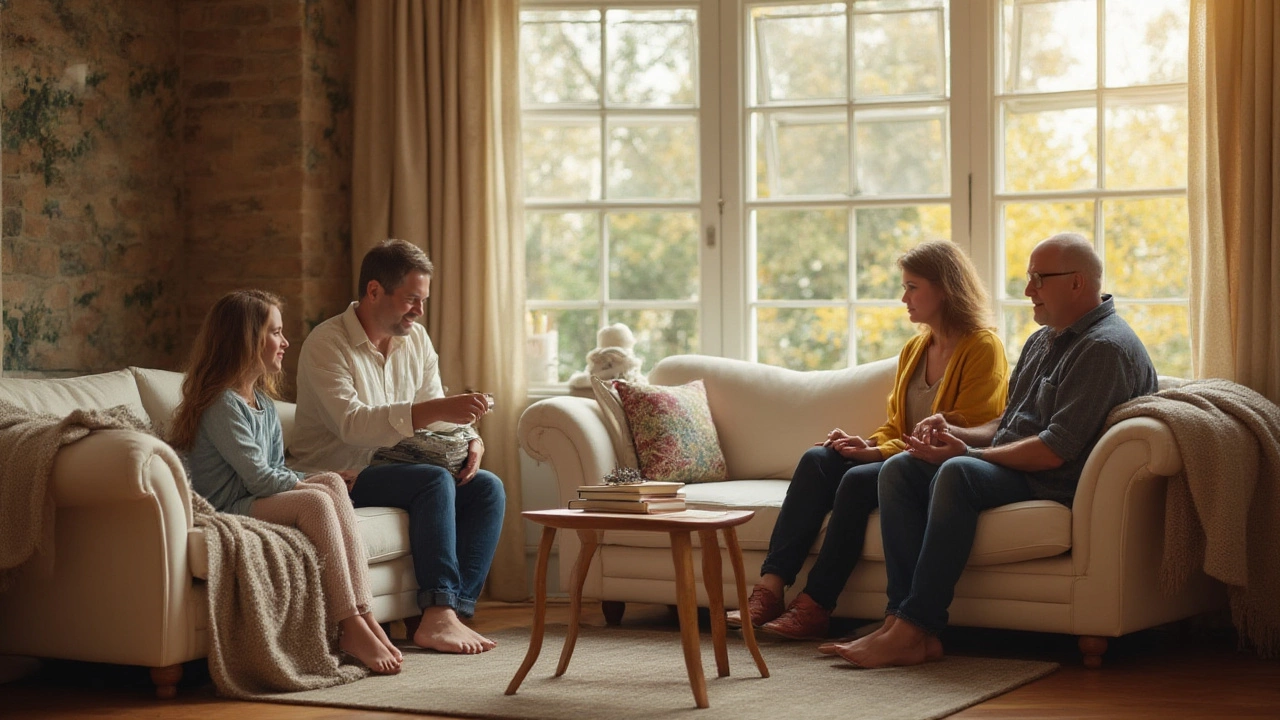Sofa Durability: Pick the Right One and Keep It Strong
When you buy a sofa, you want it to look good for years, not fall apart after a few months. The secret is simple – understand what makes a sofa durable and treat it right from day one. Below are the basics that help you choose a sofa that can stand up to everyday life and the steps to protect it.
What Makes a Sofa Durable?
First, look at the frame. A sturdy frame is usually hardwood, like beech or oak, and has solid joints – dowels, screws, or metal brackets. Avoid soft woods or particle board; they bend and break quickly.
Next, check the springs. Sinuous (coiled) springs are common and work well when they’re wrapped in a sturdy fabric. Pocketed springs give extra bounce and last longer, but they cost more. If you sit a lot, go for pocketed or at least a dense sinuous system.
The cushion filling also matters. High‑resilience foam keeps its shape for years, while low‑grade foam flattens fast. Some sofas add a feather or latex layer for comfort, but the core should still be thick foam. Look for a foam density of 30 kg/m³ or higher for a firm, lasting feel.
Finally, the upholstery fabric determines how the sofa handles spills, pets, and sunlight. Look for fabrics with a high rub count – 15,000 rubs or more for everyday use. Microfiber, performance leather, and solution‑dyed fabrics resist stains and fading better than delicate cotton or linen.
Everyday Care Tips to Keep Your Sofa Fresh
Turn your sofa into a low‑maintenance piece with a few habits. Rotate cushions every few weeks – this spreads wear evenly and prevents one side from sinking. Use a soft brush to remove dust before vacuuming; a regular vacuum with an upholstery attachment gets dirt out of the crevices.
Spills happen. Blot, don’t rub. Grab a clean cloth, press gently, and let the area dry. For stubborn stains, a mild soap solution works, but test it on an inconspicuous spot first. If you have kids or pets, consider a slipcover. It’s cheap, washable, and protects the fabric from claws and claws.
Sunlight can fade fabrics. Position the sofa away from direct windows or use curtains to filter light. A simple throw can also protect the back and seat from wear while adding style.Every year, give the frame a quick check. Tighten any loose screws and tighten the legs if they wobble. A tightened frame keeps the sofa stable and reduces stress on joints.
When it’s time to clean the whole sofa, follow the manufacturer’s care label. Most fabrics can handle a professional upholstery cleaning every 12‑18 months. This deep clean removes deep‑set grime and keeps the sofa smelling fresh.
Choosing a durable sofa and looking after it doesn’t have to be complicated. Focus on a solid frame, good springs, high‑density foam, and a sturdy fabric. Then adopt a few easy habits – rotate cushions, protect against spills, and keep the sun out. Your sofa will stay comfortable and look great for years, saving you money and hassle in the long run.
Fiber vs Foam Sofa: Which Is Best for Comfort and Durability?
- Gavin Whitaker
- |
- |
- 0
Thinking of buying a new sofa? Learn the pros and cons of fiber and foam sofas—comfort, durability, maintenance, and value—to find your best fit.
View more